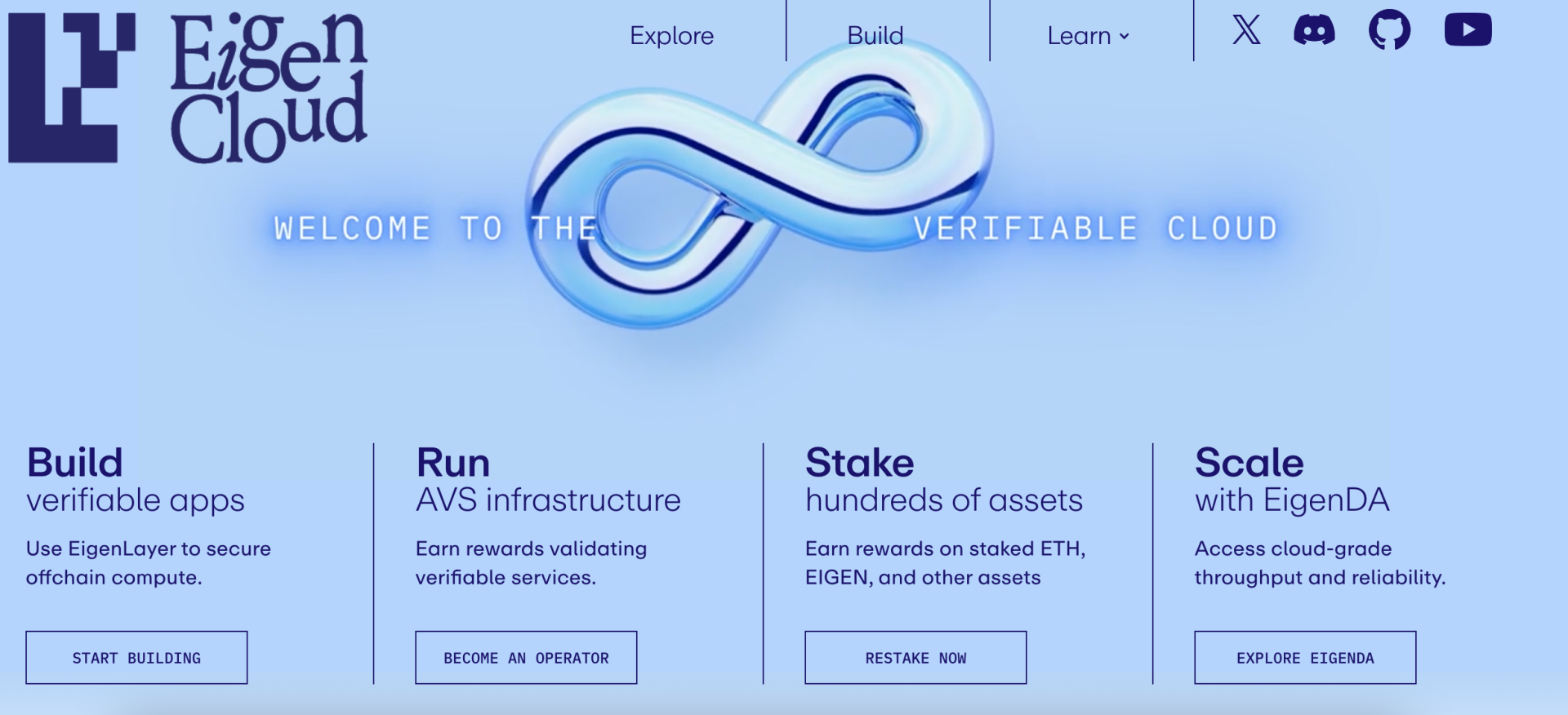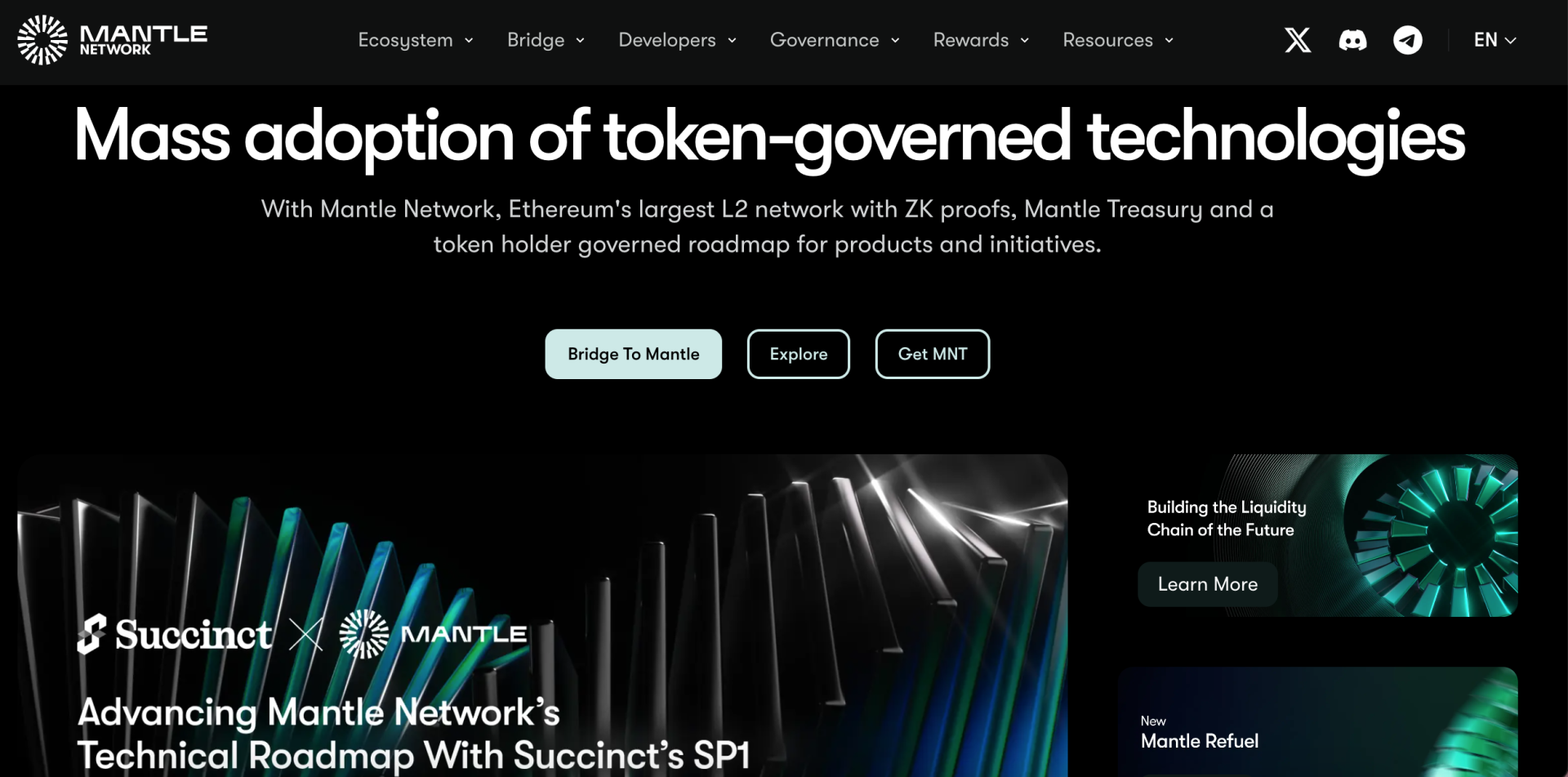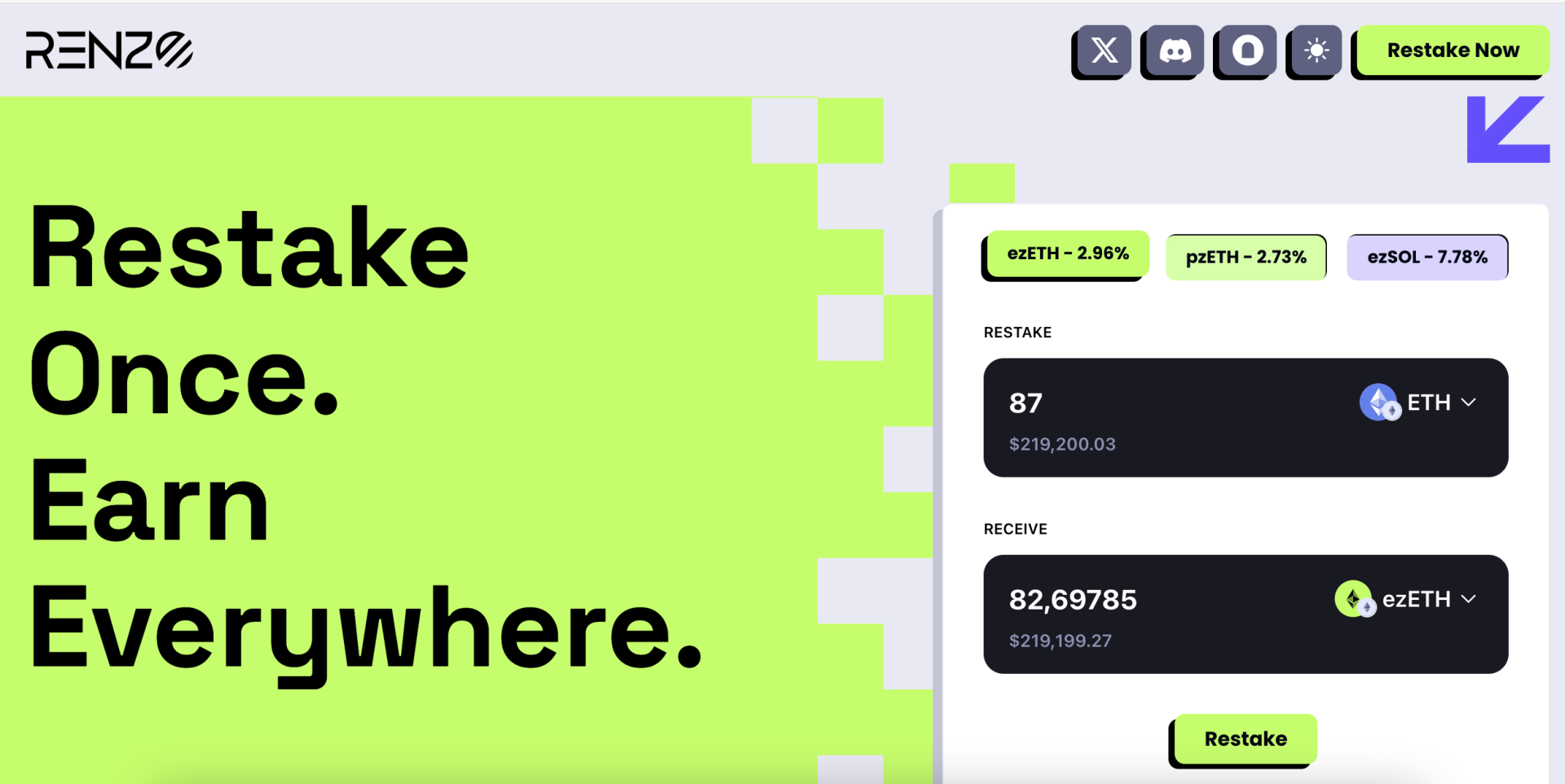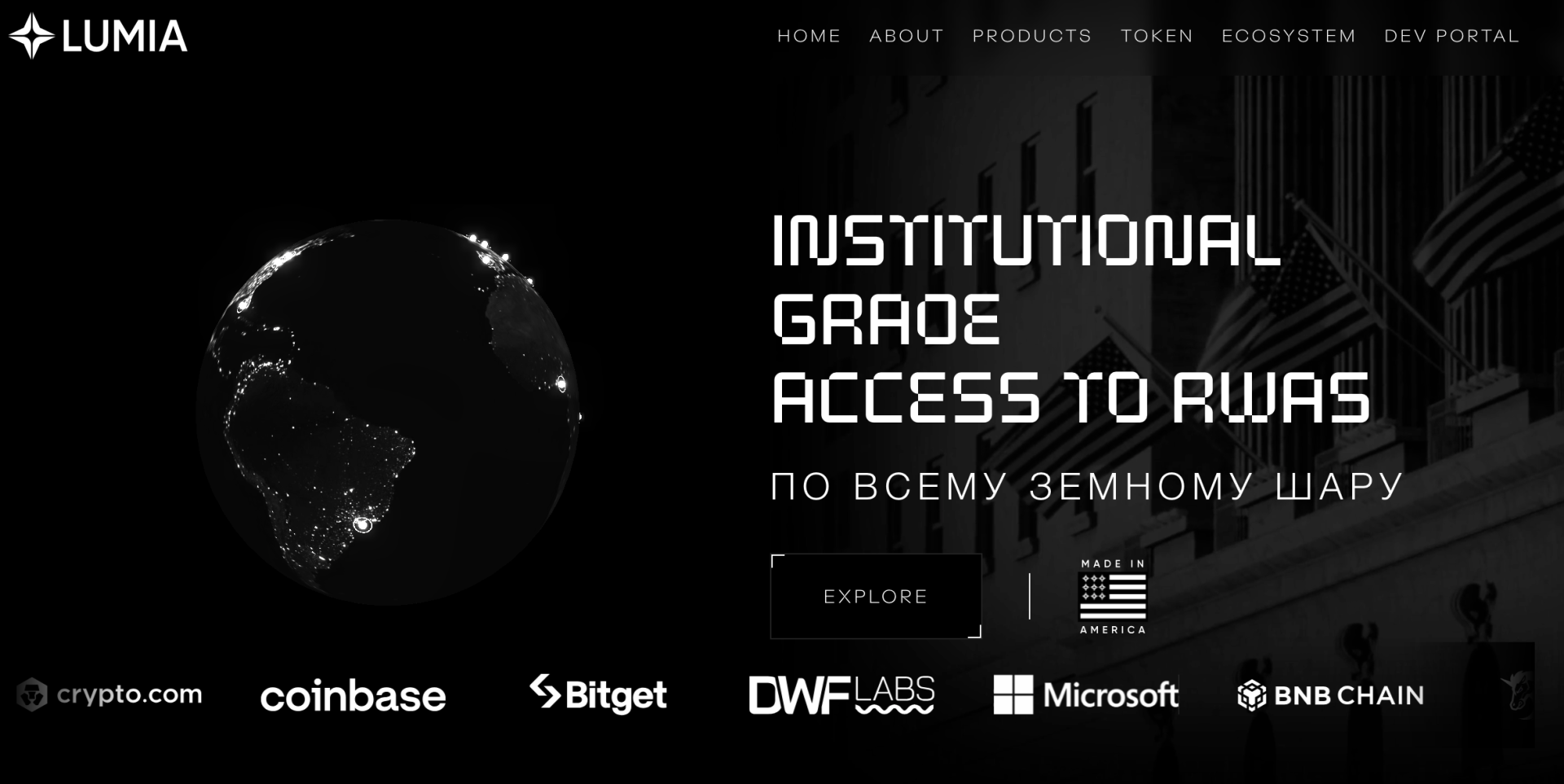Introduction
EigenLayer’s a fresh take on Ethereum, bringing something snazzy called restaking into play. Think of it like giving your ETH a new job while keeping it secure. Users restake their ETH, and voila! They boost security for all sorts of apps in the Ethereum universe. It lets you dig into EigenLayer’s smart contracts, that slap on fresh slashing rules for any staked $ETH beyond the usual consensus checkpoint.
In plain terms, EigenLayer lets validators ramp up security services for various protocols, cranking up Ethereum’s overall safety and trustability. This nifty trick not only makes staked ETH work harder but also brings in extra cash for validators.
EigenLayer is revolutionizing the Ethereum ecosystem with a concept called restaking, allowing users to repurpose their already-staked ETH to enhance the security of multiple decentralized applications (dApps). This innovative protocol introduces a new level of cryptoeconomic security, offering validators and protocols increased efficiency, higher rewards, and stronger network integrity. As DeFi platforms evolve, EigenLayer is positioning itself as a critical infrastructure layer for Web3, making it one of the most promising staking solutions for 2025.
Key Takeaways
- Restaking Mechanism: EigenLayer enables users to reuse staked ETH to secure multiple protocols, amplifying Ethereum’s security architecture.
- Slashing Conditions: New slashing rules ensure validators behave, raising the cost of attacks and strengthening network reliability.
- Tokenomics Potential: Although no $EL token exists yet, future plans hint at governance and slashing enforcement roles for token holders.
- AVS Integration: Autonomous Verifiable Services (AVSs) let EigenLayer offer cryptoeconomic security to a wide range of DeFi apps.
- Collaborative Ecosystem: Partners like Mantle, Renzo, and Lumia help expand EigenLayer’s reach across the Ethereum landscape.
- Future-Proof Infrastructure: EigenLayer is building a scalable, modular platform for secure DeFi innovation well into 2025 and beyond.
EigenLayer Restaking Mechanism
EigenLayer’s restaking idea is how they shake up the way folks stake their ETH in the DeFi scene. They let users take their ETH that’s already been staked and restake it, beefing up safety on the Ethereum network like never before.

Opting into Smart Contracts
With EigenLayer, you’re not just staking same old style. By using their smart contracts, your staked ETH dives into what they call pooled security, wrapped up with some free-market decision-making. When users get on board, Ethereum’s security blanket stretches to cover those dApps and protocols stacked on top.
- Perks for Stakers: There’s extra cash to be made, acting as validators for a bunch of protocols.
- Perks for Protocols: They get to buy this pooled security—sort of a hotspot for security services.
Imagine someone opts in with EigenLayer smart contracts, letting their staked ETH bolster multiple dApps. It’s like turning up the dial on Ethereum’s overall security vibes.
Rehypothecation of Staked ETH
This rehypothecation thing sounds fancy, but it’s just about using your already-staked ETH in more places than one. It’s a key player in making sure the system’s both safe as a cash cow in a bank and efficient enough to make your smartphone jealous.
| Parameter | Description |
|---|---|
| Base Staked ETH | ETH you first staked, right outta your digital pocket |
| Rehypothecated ETH | That same ETH’s moonlighting to back up more protocols |
| Extra Cash for Stakers | Revenue rolling in from helping multiple services behind the scenes |
| Security Stretch | Casting a wider security net over different apps |
| Slashing Terms | Bonus rules for slicing through any funny business in security breaches |
EigenLayer’s restaking wants to make wannabe attackers break a sweat. They’re pooling security all in one place, so any mischief-makers would have to think twice with how costly it’d be to try their luck.
- Price-Hiking for Attacks: Centralizing strung-out security pools makes any rogue attempt inside an expensive pipe dream.
- New Slashing Rules: EigenLayer’s got smart contracts handling it, so if someone tries funny business, penalties hit where it hurts.
By allowing users to double-book their staked ETH’s security roles, EigenLayer goes beyond just protecting Ethereum itself. They’ve got this fear factor dialed way up, safeguarding the network and assets like a guard dog on a high-tech vigilante spree.
EigenLayer’s approach sets them as a leader of the pack in the DeFi staking realm. Their tech’s on the radar for shaping up the best DeFi staking platforms in 2025, amping up the security and rewards for everyone rolling in the web3 world.
Slashing Conditions and Security
The security of the EigenLayer protocol isn’t just about keeping things on lockdown—it’s about flexing some serious muscle to stop the bad guys. The slashing rules in place mean any shady actions get smacked with penalties. This way, the platform stays solid and keeps trust strong for folks diving into DeFi.
Mechanism for Preventing Attacks
EigenLayer plays the hero by pulling together scattered security pools into one big powerhouse. This makes it way pricier for someone to try and mess things up. With pooled security and market vibes, EigenLayer takes Ethereum’s basic security and spreads it across any Asset Validated Systems (AVS) hooked into it, giving the system a big boost.
One cool trick here is what they do with staked ETH – it’s called rehypothecation. EigenLayer lets users pile up extra profit by validating chosen AVSs. This setup makes it so attackers would have to spend way more than they’d earn from causing trouble.
| Metric | Explanation |
|---|---|
| Attack Cost | Ramped up thanks to bundled security and rehypothecated staked assets |
| Security Coverage | Spread over several AVSs, seriously toughening the system |
| Attack Rewards | Not worth the beefy attack cost, keeping the baddies at bay |
Introduction of New Slashing Conditions
EigenLayer rolls out fresh slashing rules for staked ETH that go beyond the usual consensus layer stuff. This adds an extra enforcement layer, pushing security features out to apps beyond the Ethereum realm. These extra measures protect against validator slip-ups.
There’s also a smart focus on handling intersubjectively attributable faults. These no-brainers—where everyone agrees something’s wrong without needing mathy proof—are tackled using a fork-aware token called bEIGEN. It’s a game-changer for cranking up cryptoeconomic security.
| Feature | Explanation |
|---|---|
| New Slashing Rules | Set up above the standard layer to toss security net beyond Ethereum |
| Fault Management | Tackled with bEIGEN token, smoothing out consensus on faults without all the crypto-proof drama |
These slashing conditions are the backbone of EigenLayer’s plan to keep security bulletproof in the DeFi space. Knowing the ins and outs of these setups helps crypto investors and DeFi buffs make smarter moves and max out asset performance in the upcoming years. If you’re looking to sharpen your DeFi skills, check out our reviews on Lido and Rocket Pool.
EigenLayer Tokenomics
Tokenomics plays a huge part in any DeFi protocol, and EigenLayer’s status is no different. Although EigenLayer isn’t sporting a native token yet, the potential introduction of the $EL token might come jam-packed with some nifty perks for stakers.
Potential for $EL Token Launch
There’s no nailed-down process for launching a native token for EigenLayer right now, but some exciting possibilities are floating around. If they do decide to roll out an $EL token, users might have to stake some $EL tokens to get the ball rolling in EigenLayer’s staking activities. This staked amount could unlock several goodies, like implementing slashing conditions on both their ETH and $EL tokens.
It’s a model that chucks extra capital into enforcement, setting up honest interactions and boosting security. The slashing mechanism makes bad behavior a spendy affair, discouraging those with shady intentions.
Special Permissions for Stakers
If the $EL token hits the scene, stakers could get some cool permissions. We’re talking about enforcing slashing conditions that might make malicious users cry over lost ETH. This sharp penalty shores up security and gives attackers second thoughts.
Giving stakers such permissions would tighten EigenLayer’s security. It brings together fragmented sources of security into a robust system using ideas from linear algebra, making it tech-savvy and efficient.
EigenLayer Ecosystem and Protocols
EigenLayer brings together a mix of stuff to pump up security in the DeFi scene. You’ve got Mantle, Renzo, and Lumia leading the charge, each adding their own flavor to the mix.
Mantle: Optimistic Rollup Platform
Mantle‘s got one job: keep Ethereum running smooth. It squeezes lots of transactions into one neat package, handles them off the blockchain, then pops them back on. This trick keeps things moving so Ethereum doesn’t get bogged down.

Key Features:
- More Action, Less Jam: Packs transactions into batches, making room for more.
- Zippy Transactions: It’s all about getting things finalized quicker than usual.
- Built-in Security Blanket: Rides on Ethereum’s own layer 1 security for peace of mind.
Renzo: Enhanced Restaking Protocol
Renzo is serving up a fancy take on staking within EigenLayer. With more flexible ways to re-stake stuff like ETH, Liquid Staking Tokens, and various ERC20s, you get the rewards without the fuss.

Key Features:
- Token Flexibility: From ETH to ERC20s, you’re covered.
- Boosts Safety Nets: Mixes staking options to shore up Ethereum’s security forces.
- Tight-Knit Operator Team: Relies on a crew of operators to validate and keep things in check.
Lumia: Layer 2 Roll-Up Solution
Lumia is here to help Ethereum handle bigger loads with less stress. It works off-stage and only checks back in when things are all set. Costs are kept low while keeping everything efficient.

Key Features:
- Efficient Operation: Bulk handles transactions off-chain, easing up on the main chain.
- Cost-Saving Moves: Aims to chop transaction costs down compared to normal operations.
- Safety Seal: Leverages Ethereum for security without compromise.
Key Metrics
| Protocol | Main Feature | DeFi Perk |
|---|---|---|
| Mantle | Optimistic Rollup | Scalability, Speed |
| Renzo | Boosted Restaking | Security, Token Varieties |
| Lumia | Layer 2 Roll-Up | Budget-Friendly, Hustle-Free |
EigenLayer brings Mantle, Renzo, and Lumia into the fold, jamping things up in DeFi with secure, speedier, and more efficient options. All in all, EigenLayer’s setting the stage for crypto and web3 fans to amp up their game.
Future of EigenLayer in 2025
Impact on DeFi Ecosystem
Heading into 2025, EigenLayer seems set to shake things up in the DeFi scene. On Ethereum, EigenLayer brings us Restaking, serving up a marketplace dripping in trust. This platform becomes a gathering spot for Restakers, Operators, and Autonomous Verifiable Services (AVSs), boosting Ethereum’s cryptoeconomic backbone.
EigenLayer’s twist as Cryptoeconomic Security as a Service ropes in a web of Operators and Restaked assets, rocking the DeFi world with:
| Key Piece | Impact |
|---|---|
| Security | Boosted through Ethereum’s cryptoeconomic backbone |
| Capital Efficiency | Cuts down on capital-raising stresses for new players |
| Innovation | Developers can zero in on unique features |
Innovations
- Autonomous Verifiable Services (AVSs): Bringing AVSs to the forefront, they hand out rewards and control stakes, keeping service promises on the up-and-up.
- Protocol Power-Ups: Unveiling steady protocol growth spurts like Rewards v2 in Testnet, letting AVSs dish out goodies to Operators and Stakers, while the Slashing and Operator Sets tweak keeps misbehaving players in check.
By 2025, EigenLayer’s maverick method to harness Ethereum’s security and open up a trusty marketplace looks set to make it a big fish in the DeFi pond, rolling out stout solutions for crypto investors, DeFi aficionados, and web3 lovers.
Fast Facts
- Protocol Name: EigenLayer
- Core Concept: ETH Restaking and pooled cryptoeconomic security
- Launch Status: Active on Ethereum mainnet
- Key Integration Partners: Mantle, Renzo, Lumia
- Security Model: Enhanced with new slashing rules above Ethereum’s consensus layer
- Use Cases: Protects dApps, AVSs, and Web3 protocols with shared validator sets
- Token Launch: No native token yet, but $EL may launch with staking utility
- Rewards: Validators earn additional revenue by serving multiple protocols
- AVS Examples: Lido, Rocket Pool, Everstake
Conclusion
EigenLayer is reshaping Ethereum’s staking narrative with a bold, efficient, and scalable model that benefits both validators and protocol developers. By introducing restaking, pooled security, and modular slashing mechanisms, EigenLayer helps secure decentralized ecosystems at scale—without requiring them to build from scratch. As the platform gears up for further integration and potential token launches, it is poised to become a cornerstone of DeFi infrastructure in 2025.
FAQ
What is EigenLayer?
EigenLayer is a restaking protocol on Ethereum that lets users redeploy their staked ETH to secure multiple applications and protocols.
How does restaking work?
Users can opt into EigenLayer smart contracts, allowing their staked ETH to support multiple dApps and AVSs, earning additional rewards while maintaining Ethereum security.
Does EigenLayer have a native token?
Not yet. However, a potential $EL token may be introduced to facilitate governance, slashing, and other validator roles.
How does EigenLayer improve DeFi security?
By introducing pooled security, custom slashing rules, and rehypothecation, EigenLayer significantly raises the cost of attacks and improves validator accountability across the ecosystem.
